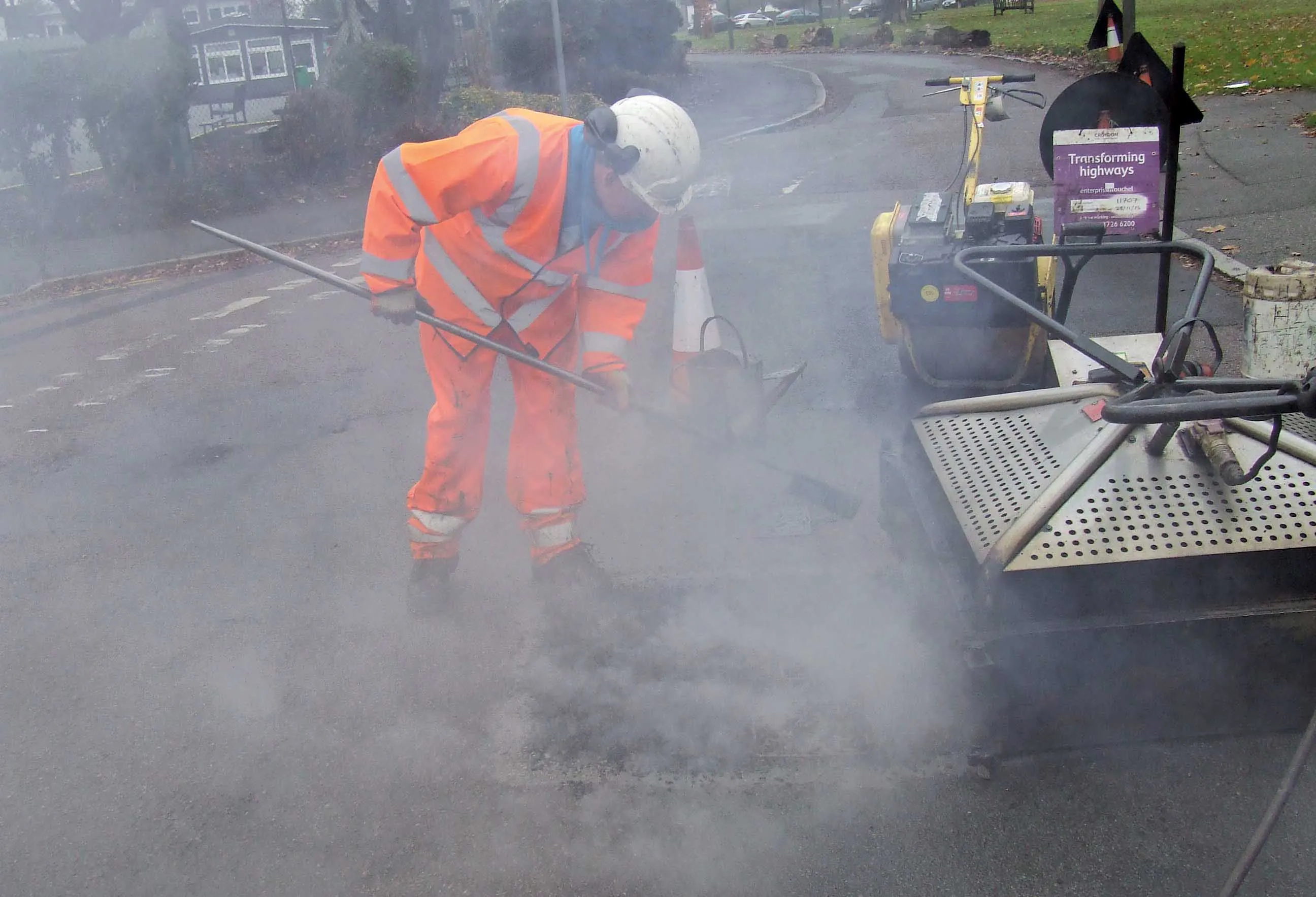While the EU target of reducing deaths by 50% has resulted in impressive figures, there is still more to be done as Patrick Smith reports. The latest statistics show European Union (EU) efforts to reduce road deaths by 50% have met with considerable success. As EU members look to the new European Action Programme for the period 2010 to 2020
February 15, 2012
Read time: 4 mins

While the EU target of reducing deaths by 50% has resulted in impressive figures, there is still more to be done as Patrick Smith reports
The latest statistics showThe EU had set itself the ambitious target of reducing the yearly number of road deaths by half by 2010 compared to 2001. Some 34,900 people were killed in road collisions in 2009 in the EU27 (still far more than the maximum of 27,000 which the EU set for 2010), yet road deaths have gone down by 36% in the EU27 between 2001 and 2009.
The EU15 alone (for whom the 2010 target was originally set) has achieved an impressive 42%, with Estonia and Ireland receiving the 2010 PIN Award from the
PIN is the Road Safety Performance Index launched in June, 2006 to compare country road safety performances.
At its conference, the ETSC, a Brussels, Belgium-based organisation dedicated to the reduction of the number and severity of transport crashes in Europe, released figures showing that between 2001 and 2009 Latvia, Spain, Portugal and Estonia achieved the best road death reductions, all above 50%, with France and Lithuania set to follow them (report and detailed figures for each country are available at www.etsc.eu/PINpublications.php).
It said that clearly, setting the ambitious EU goal of halving road deaths between 2001 and 2010 was essential in contributing to the reduction in road deaths.
However, while welcoming the adoption of the new EU target to reduce road deaths by 50% by 2020, ETSC says that measures announced by the
While recognising Estonia and Ireland's efforts (see panel), 2009 saw a record-breaking improvement in road safety with deaths cut by 11% compared to 2008. Slovakia (36%), Lithuania (26%), Denmark (25%) and Estonia (24%) achieved the best reductions in 2009, and for the first time ever the EU10 achieved a better year-to-year reduction (18%) than the EU15 (8%) in 2009.
The 2001 EU target gave a boost to the combined efforts at both national and EU level, and as a result, reductions in the number of deaths have been much higher in 2001-2009 than in three preceding decades.
ETSC says that other Member States will benefit from the experience of fast-progressing countries that have proved that effective enforcement leads to a rapid reduction in deaths and injuries.
The road safety community, however, had hoped for a new EU ten-year strategy providing a detailed road map against which performance could be measured and delivery made accountable, it says.
Like the EC, ETSC recognises the important responsibilities of road users but believes that it is just as important for the traffic system to be adapted to their needs, errors and vulnerability.
"Many of the legislative actions listed in the EC memo are dossiers that are already in the pipeline. Emerging concerns such as drugs, mobile phone use, fatigue and distraction to name but a few, warrant a strong EU response. Work-related road safety, another emerging field of action, is not mentioned at all.
"While the Commission recognises that speeding, drink driving and the non-use of seat belts are still the three main killers on the roads, it fails to prioritise the most effective measures to tackle them," says ETSC.
It claims the Commission misses some easy wins such as extending existing legislation on mandating seat belt reminders to every seat. Developing harmonised standards for intelligent speed assistance systems towards eventual fitment in all vehicles, supported by EU-wide digital mapping of speed limits, would also help both to curb speeds and to reduce harmful CO2 emissions. While alcolocks are included as an action for professional drivers and recidivists, the EC should also have proposed to adopt a 0.2g/litre BAC limit for novice and commercial drivers. Finally, although there is a package of measures to improve the safety of motorcyclists, little is proposed to protect pedestrians and cyclists.
"To achieve the 50% reduction target in 2020 the EU will inevitably have to go above and beyond current reduction trends. If the EU wants to reach its 2020 target and to maintain and build on its reputation as a world leader for road safety, this programme needs to be reinforced and translated urgently into determined action," says Antonio Avenoso, ETSC executive director.







